
Sharper Inspections & Appraisals: Focus on the Vehicle
Messy lots, glare, and inconsistent angles turn vehicle photos into arguments. This post shows how background removal for cars — paired with guided angles and zero-retouching automation — converts everyday shots into decision-grade evidence. The result: faster appraisals and claims, fewer disputes at rental turnbacks, tighter price bands across rooftops, and an audit trail legal can defend. You’ll see a pragmatic pipeline (capture guidance → vehicle-aware background isolation → panel crops → VIN/plate OCR → anonymization → like-for-like comparison) and a delivery playbook that balances speed and control. Start small with ready-to-use APIs — e.g., API4AI’s Car Image Background Removal API, plus OCR, object detection, and image anonymization — and blend in custom models where your taxonomy becomes a moat. For C-level leaders, the promise is straightforward: standardize inputs, compress cycle times, reduce leakage, and scale consistent decisions without adding headcount. Put the vehicle — not the background — on trial.

Vision Transformers 2026: State of the Art & Business Impact
Vision Transformers are redefining what’s possible in computer vision — and in 2026, they’ve moved from cutting-edge research into the heart of business operations. From automating defect detection in manufacturing to powering intelligent document processing in fintech, ViTs now deliver enterprise-grade accuracy, scalability, and adaptability. This article explores the state of the art, the architectural breakthroughs behind ViTs' rise, and how forward-thinking companies are deploying them through cloud APIs and custom solutions to gain measurable performance and strategic advantage.
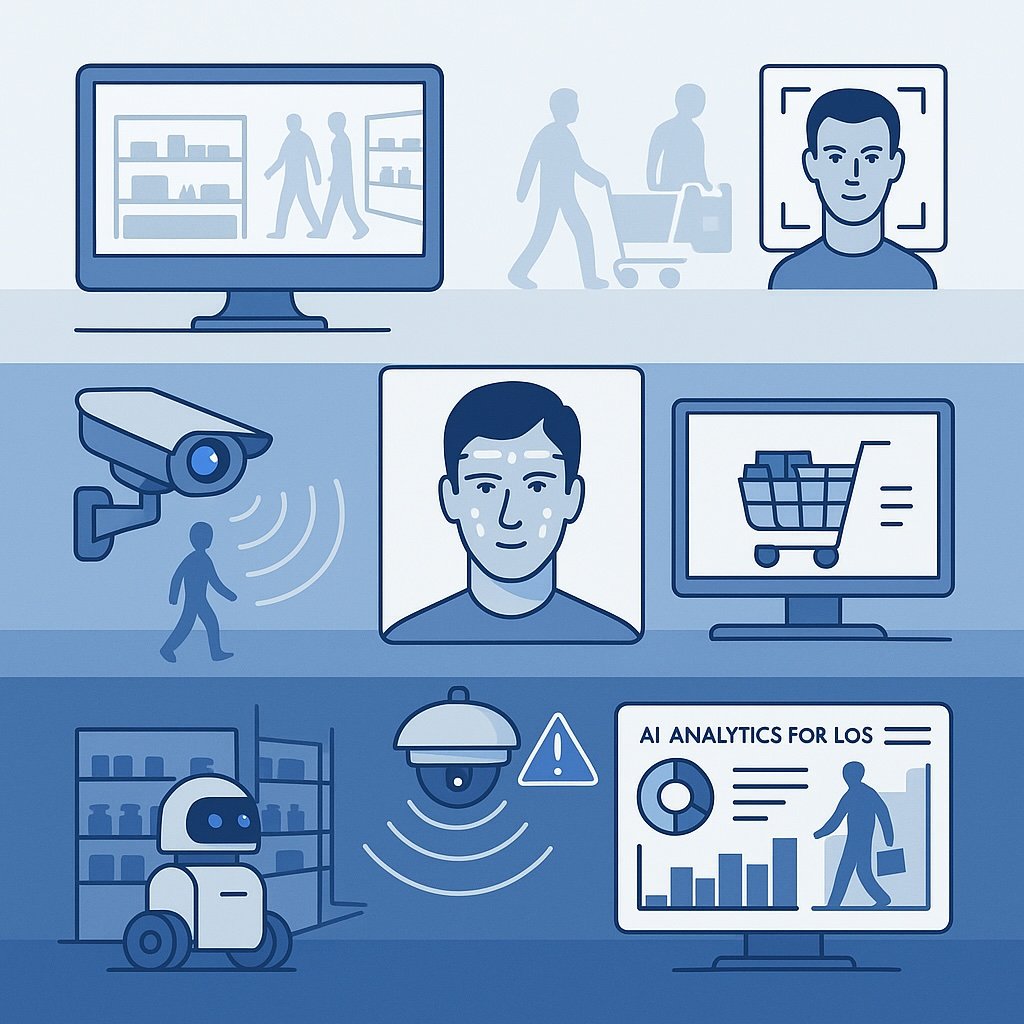
Computer Vision: Milestones, Trends & Future Insights
Computer vision has rapidly evolved from a research topic into a powerful business tool. In 2025, it's reshaping industries like retail, manufacturing, insurance, and content moderation by transforming images into actionable insights. This post explores the key milestones in computer vision's history, the six biggest trends driving its growth today, and a clear strategy for adopting vision technologies — from ready-to-use APIs to custom-built solutions. Whether you're looking to streamline operations, enhance customer experience, or gain a competitive edge, this guide will help you understand how to turn pixels into profit with AI-powered image processing.
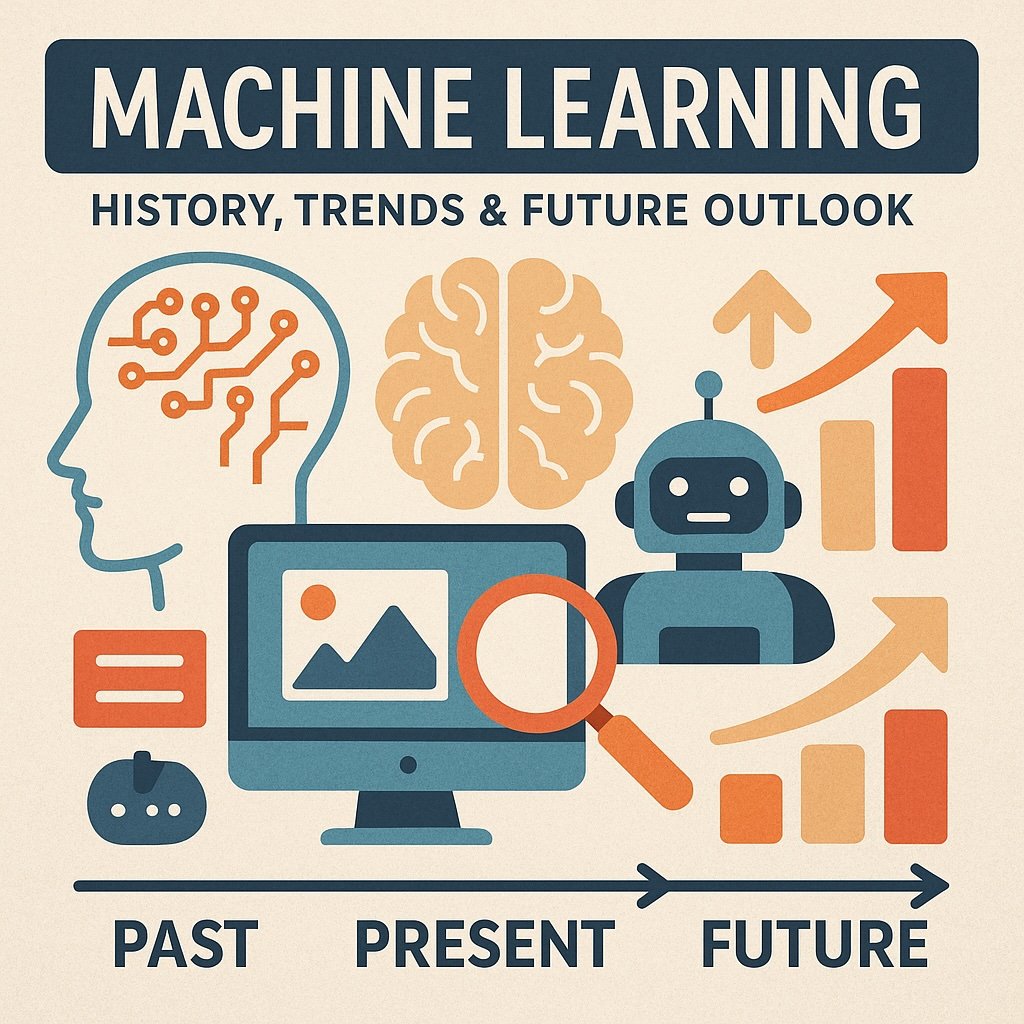
Machine Learning: History, Trends & Future Outlook
Machine learning has transformed from a niche academic field into a practical tool that powers everyday technologies — especially in image processing. From OCR and object detection to face recognition and visual content moderation, ML-driven vision APIs are helping businesses streamline operations, enhance user experiences, and meet regulatory demands. This blog post explores the history of machine learning, key trends shaping 2025, and how companies can strategically use pre-built APIs or invest in custom solutions to stay ahead. Whether you're just starting or scaling your AI capabilities, understanding this evolving landscape is key to making smarter decisions.

Computer Vision Technologies 2026: What to Expect
Computer vision is evolving faster than ever — reshaping how businesses interact with the visual world. From smarter retail displays and automated quality control to privacy-first AI and powerful image-to-text models, this year marks a turning point in how machines “see” and respond. In this post, we explore the top trends driving this shift, how industries are putting vision AI to work, and why combining ready-to-use APIs with custom development is the key to long-term success. Whether you're launching a new product or optimizing operations, understanding the future of computer vision starts here.

Low-Code Portals: Vision APIs on Power Apps
Low-code platforms like Power Apps are redefining how businesses build applications — and with the integration of vision APIs, even citizen developers can now add powerful object detection, OCR and image analysis features in hours. This post explores how to connect external computer vision services, create dynamic visual workflows and implement enterprise-grade guardrails for security and cost control. Discover how to turn everyday photos into real-time insights without writing traditional code.

RPA Bots with Eyes: Vision APIs in UiPath
RPA is no longer blind. With the rise of Vision APIs, UiPath bots can now read invoices, recognize faces and extract insights from screens once off-limits to automation. This post explores how image recognition — via OCR, object detection and visual classification — turns standard workflows into perceptive, adaptable systems. From plug-and-play integrations to high-impact use cases, discover how to give your bots the power of sight and unlock a new era of intelligent automation.

Smart Traffic Lights: Object Detection for Flow
Smart traffic lights are revolutionizing urban mobility by using real-time object detection to classify cars, bikes and pedestrians in milliseconds. By feeding live camera feeds into an AI controller — powered by a cloud-based Object Detection API — cities can dynamically adjust signal timing, cutting vehicle idle time by up to 30 %. The result? Smoother commutes, lower emissions and safer crossings — all without tearing up asphalt for traditional inductive loops.

When Off-The-Shelf Fails: Signs You Need Custom Models
Off-the-shelf vision APIs are great — until they aren't. When accuracy plateaus, domain drift creeps in, or edge cases pile up, even the best plug-and-play model can become a bottleneck. In this post, we unpack the red flags that signal it's time to go custom and share a phased roadmap to help you transition smoothly — without blowing deadlines or budgets. Whether you're struggling with OCR misreads, misclassified logos, or brittle workarounds, learn how bespoke models can future-proof your computer vision stack.
From Pixels to Insights: Why Cloud Vision APIs Win
Cloud-hosted Vision APIs are redefining how companies approach image processing — offering faster deployment, lower costs and zero infrastructure headaches. From OCR to object detection, teams can go from prototype to production in hours, not months. This post unpacks the hidden DevOps savings, hosting economics and hybrid paths that make cloud-first vision not just viable — but smarter.
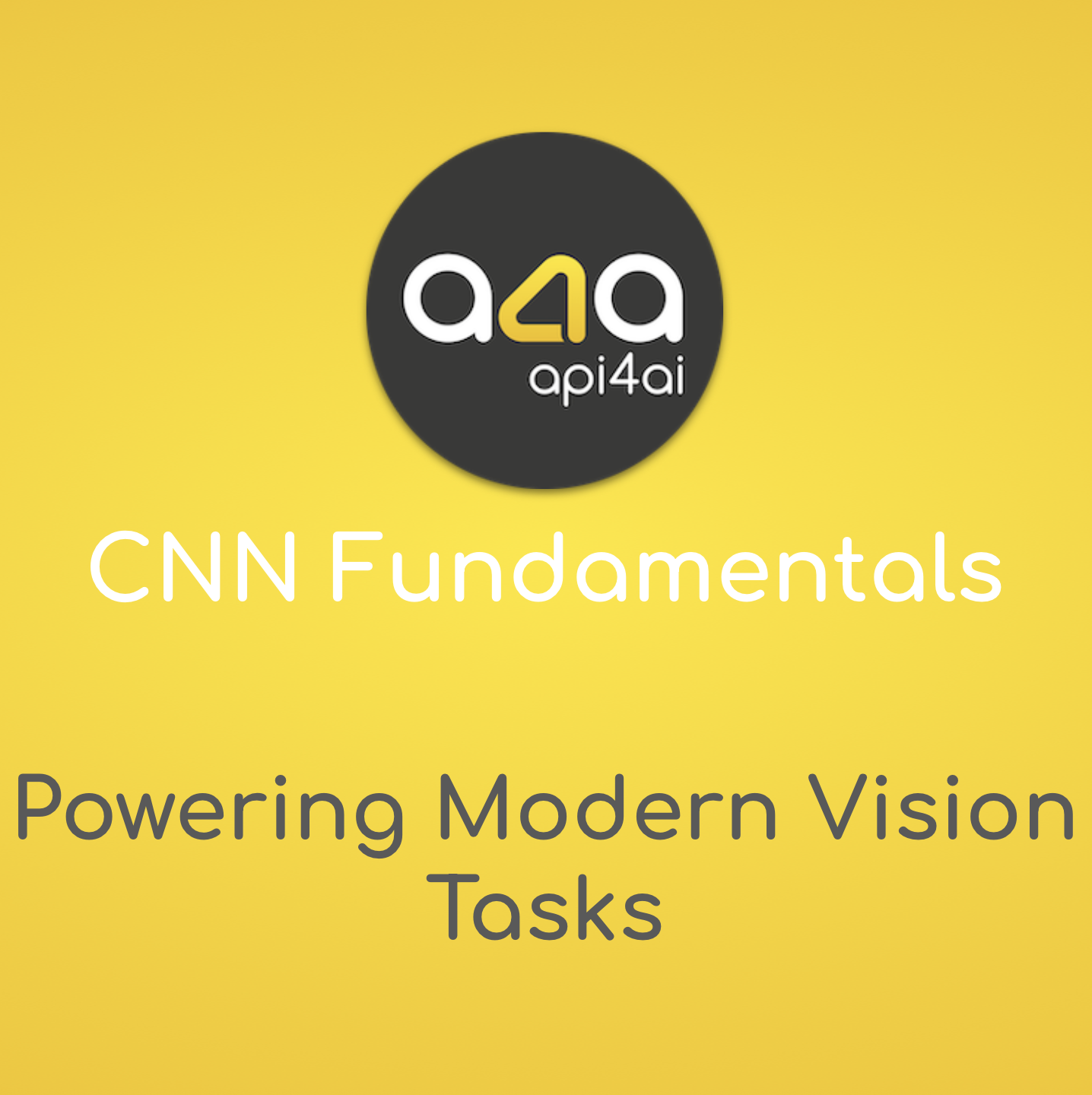
CNN Fundamentals: Powering Modern Vision Tasks
Convolutional Neural Networks (CNNs) are the driving force behind many of the visual technologies we rely on every day — from unlocking our phones with facial recognition to enabling autonomous vehicles to understand their surroundings. But how do these networks actually work? In this beginner-friendly deep dive, we break down the core building blocks of CNNs, including convolutional layers, kernels, pooling, and activation functions. You'll learn how modern architectures like ResNet have overcome critical challenges to power advanced vision systems used in industries like retail, automotive, security and marketing. We’ll also explore real-world applications — such as OCR, background removal, logo detection and content moderation — and walk you through your options for training models, using pre-trained networks or deploying ready-to-use APIs. Whether you're just starting with deep learning or exploring how to bring AI vision into your product, this guide provides the clarity and insights you need to move forward with confidence.
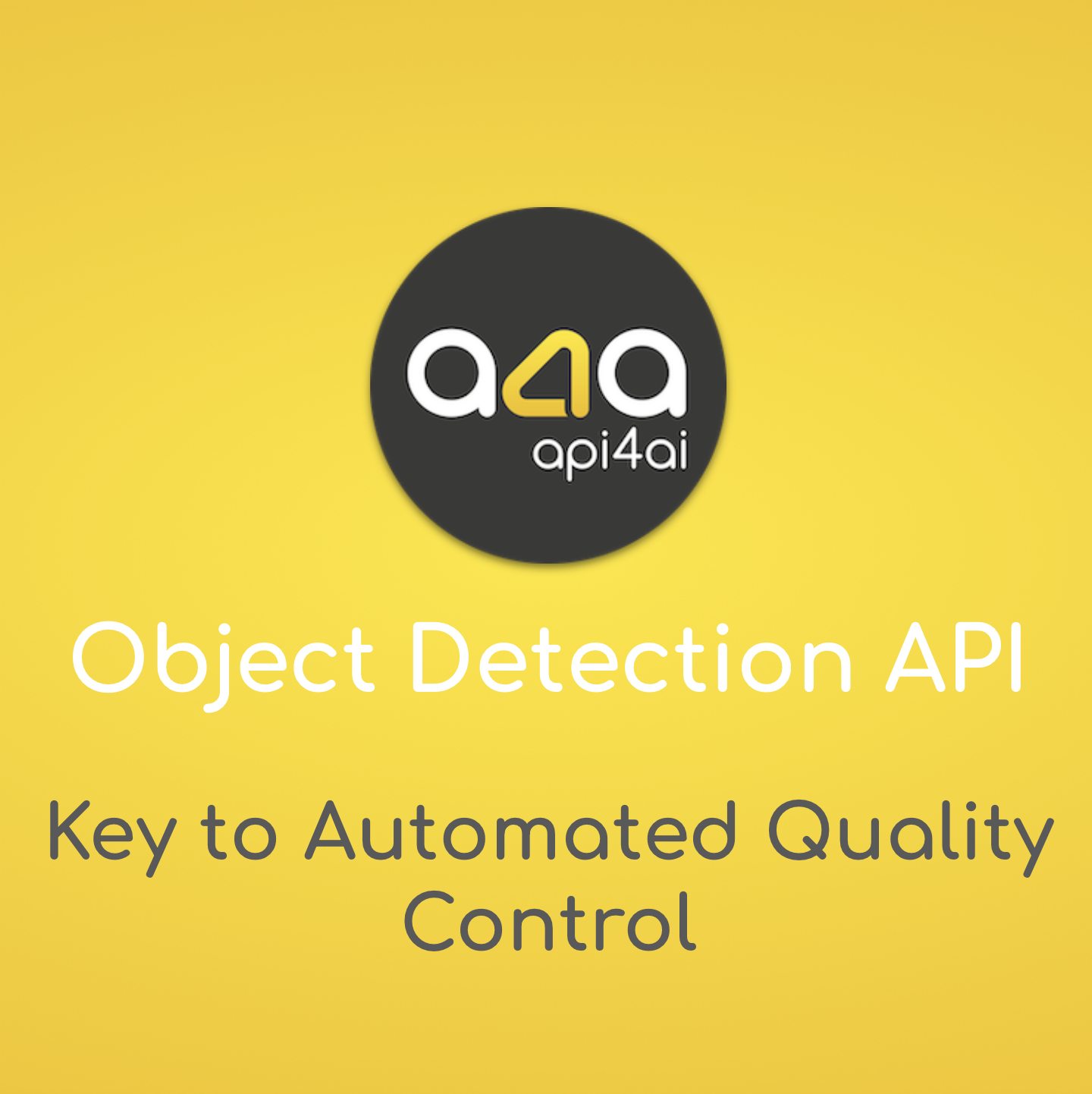
AI Object Detection API: Key to Automated Quality Control
In today’s fast-paced manufacturing environment, maintaining consistent product quality is more critical — and more challenging — than ever. AI-powered object detection is emerging as a powerful solution, enabling real-time identification of defects, reducing human error and streamlining quality control processes across industries. This blog post explores how manufacturers in sectors like electronics, automotive and food and beverage are using automated visual inspection to boost accuracy, scalability and efficiency. Learn about the key benefits, real-world applications and best practices for implementing object detection systems and discover how embracing AI today can lead to long-term profitability, reduced waste and stronger brand trust. Whether through ready-to-use APIs or custom computer vision solutions, the future of manufacturing quality control is here — and it’s intelligent, adaptable and automated.
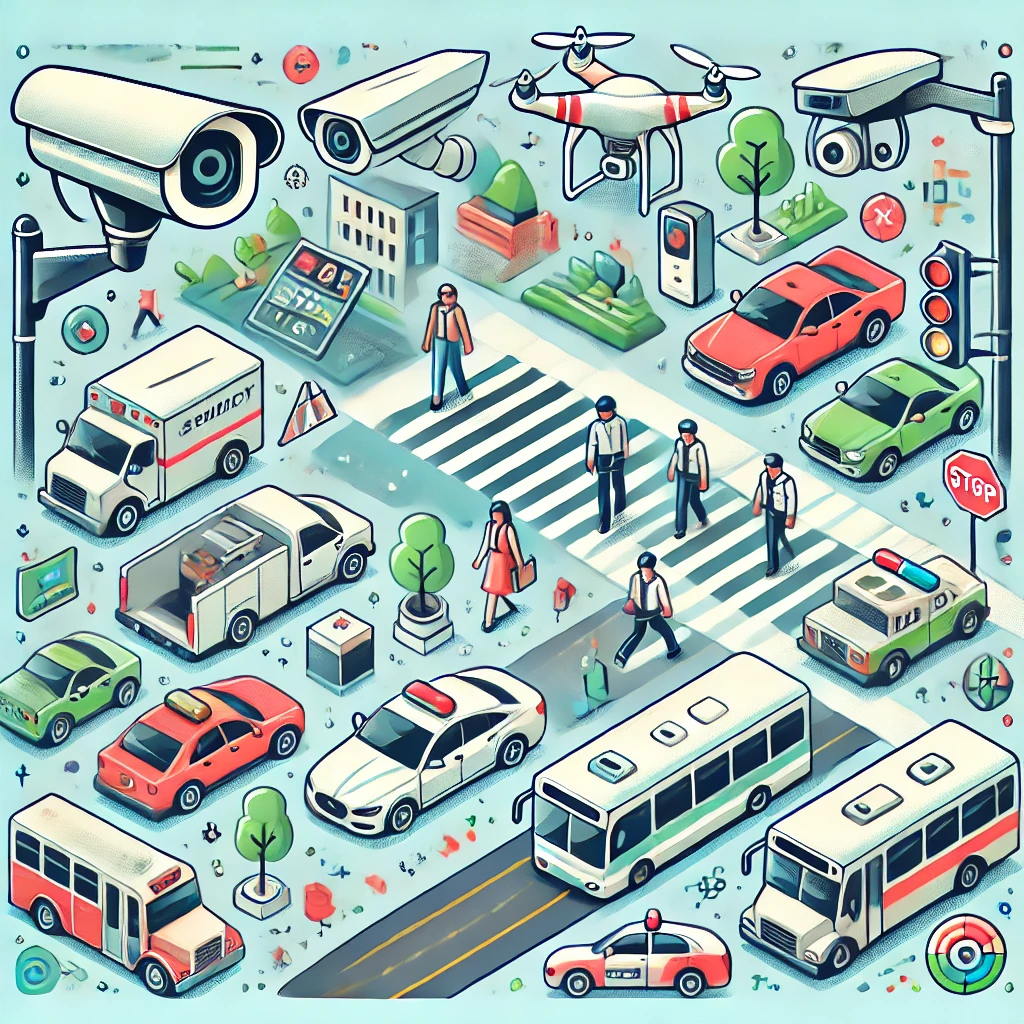
5 Ways Object Detection Enhances Public Safety
Ensuring public safety has become more challenging as cities grow and security threats evolve. AI-powered object detection is transforming surveillance by enabling real-time threat detection, automated crowd monitoring, enhanced traffic management, perimeter security and unattended object identification. These advancements help security teams respond faster, reduce human error and prevent incidents before they escalate.
This article explores five key ways object detection enhances public safety, from identifying suspicious objects in crowded spaces to improving traffic control and access management. As AI-driven security solutions become more accessible, organizations must decide whether to adopt ready-to-use AI APIs or invest in custom-built object detection systems.
With faster processing, predictive analytics and seamless integration, AI-powered object detection is shaping the future of public safety. Now is the time to explore how these technologies can strengthen security, improve efficiency and create safer environments for all.

From MVP to Production: A Complete Computer Vision Project Lifecycle
Bringing a computer vision model from a prototype to full production is a complex journey that goes far beyond just training an accurate neural network. A successful AI-powered vision system requires continuous refinement, real-world validation and seamless integration with broader software infrastructure.
In this post, we explore the complete lifecycle of a computer vision project, from data collection and iterative model training to deployment, monitoring and continuous learning. Along the way, we discuss key challenges such as uncertain estimates, evolving real-world conditions and the need for long-term optimization to maintain accuracy and scalability.
We also highlight the difference between ready-made APIs for quick deployment and custom AI solutions for businesses needing specialized performance and control. While off-the-shelf solutions can be a great starting point, investing in a tailored model often leads to higher ROI, reduced operational costs and long-term competitive advantages.
Whether you're experimenting with AI-powered image processing for the first time or looking to refine an existing solution, understanding the full lifecycle of computer vision is key to unlocking its true potential.

How to Boost Your Online Business with Cloud APIs in 30 Days
In today’s fast-paced digital world, businesses must leverage cutting-edge technology to stay competitive. AI-powered cloud APIs offer an efficient way to automate workflows, enhance customer experience, and optimize operations — all without the need for complex infrastructure. This guide outlines a 30-day roadmap to seamlessly integrate AI-driven solutions like background removal, OCR, object detection and branding recognition into your online business.
From identifying bottlenecks and testing APIs to full-scale deployment and optimization, this structured approach ensures maximum ROI with minimal risk. Whether you're looking to streamline product image processing, automate data extraction, or enhance brand monitoring, the right API integration can drive efficiency, reduce costs and boost sales.
The future of AI-powered automation is here — start your cloud API journey today and take your business to the next level.
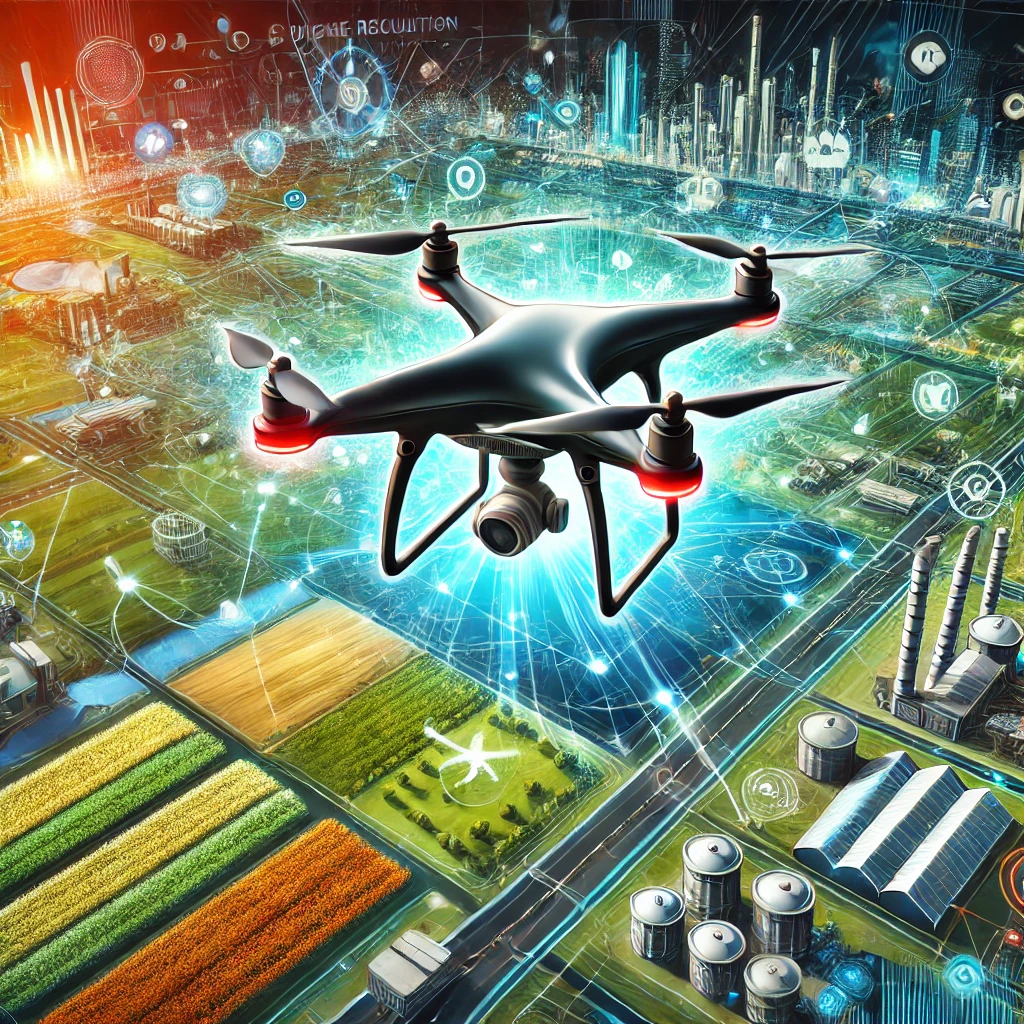
Image Processing & Drone Imagery: Multi-Industry Insights
Drones have revolutionized data collection across industries, but raw aerial imagery alone isn’t enough — it’s the power of AI-driven image processing that turns this data into actionable insights. From agriculture and environmental monitoring to construction, security, and disaster management, AI-powered analysis enhances decision-making, automates workflows, and improves operational efficiency.
This article explores how AI transforms drone imagery, the key tools and techniques used for object detection, OCR, and background removal, and the strategies businesses can implement to integrate AI-powered drone analysis into their existing systems. We’ll also examine emerging trends such as on-drone edge computing, real-time emergency response applications, and breakthroughs in deep learning for precise object recognition.
As AI technology evolves, organizations that invest in AI-powered drone solutions will gain a significant advantage—streamlining operations, reducing costs, and unlocking new possibilities for automation. Whether using pre-built APIs or custom AI models, the future of drone imagery is being shaped by intelligent image analysis. Dive in to discover how your business can harness these innovations to stay ahead.
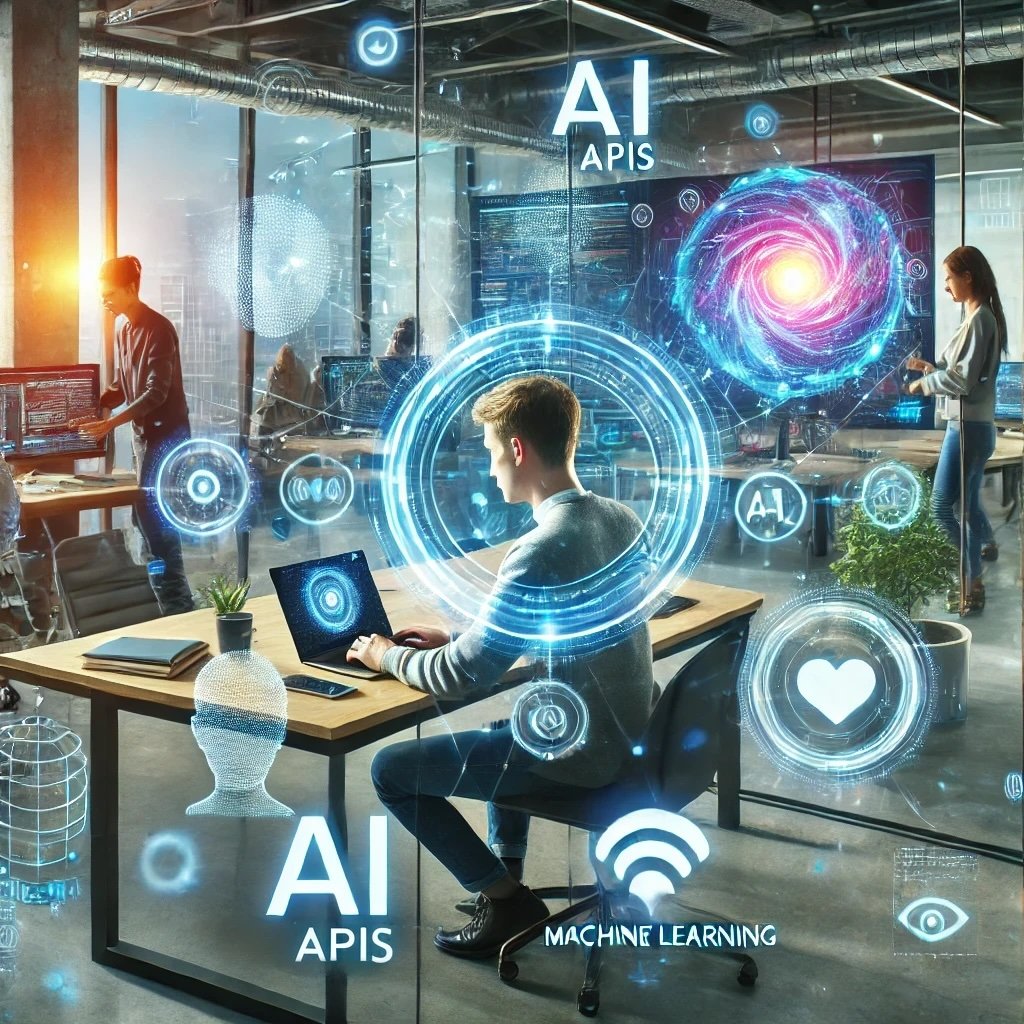
Off-the-Shelf AI APIs: The Winning Strategy for Startups
Artificial intelligence has become a game-changer for startups, offering powerful tools to automate tasks, enhance user experiences and drive innovation. However, building AI solutions from scratch can be expensive, time-consuming and technically complex — challenges that most early-stage companies can’t afford. This is where off-the-shelf AI APIs come in.
Pre-built AI solutions allow startups to integrate advanced capabilities like optical character recognition (OCR), background removal, object detection, brand recognition and image anonymization without the need for specialized expertise. These APIs reduce development costs, accelerate time-to-market and provide scalable solutions that grow with the business.
In this blog post, we explore the key benefits of AI APIs, practical use cases across various industries and strategies for seamless implementation. We also discuss when custom AI development makes sense and how startups can balance pre-built solutions with tailored models to gain a competitive advantage. Whether you're looking to automate processes, improve product offerings or enhance customer engagement, leveraging AI APIs can help turn your startup’s vision into reality — faster and more efficiently than ever before.

Top 10 AI Image Processing Tools for Business Automation in 2025
AI-powered image processing is revolutionizing business automation, enabling companies to streamline workflows, enhance accuracy and reduce operational costs. From OCR for document automation to background removal for e-commerce and face recognition for security, these advanced tools are transforming industries by making complex visual tasks faster and more efficient. As we move into 2025, businesses must strategically select the right combination of off-the-shelf AI solutions and custom-built models to maximize ROI. Whether leveraging cloud-based APIs for quick deployment or investing in tailored AI solutions for industry-specific needs, adopting AI-powered image processing is key to staying competitive in an increasingly digital world.
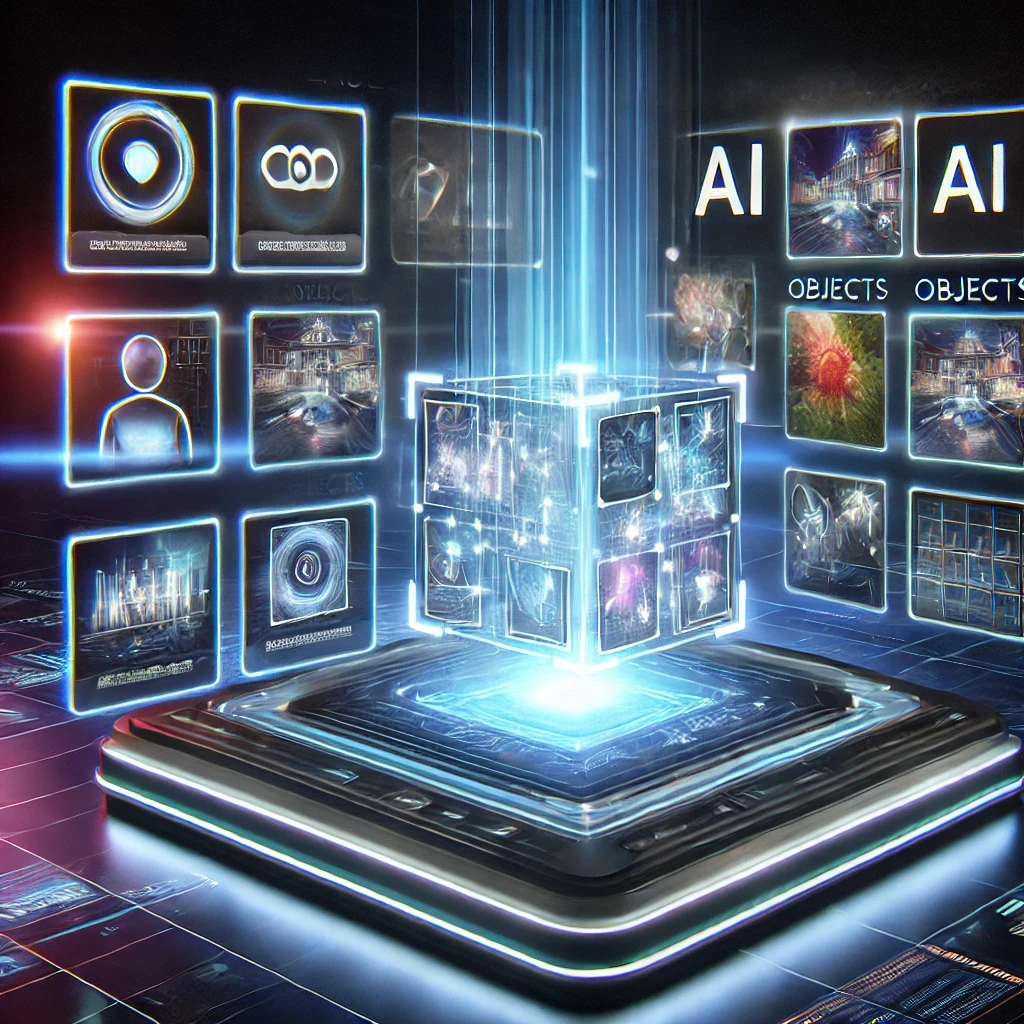
Smart Image Labeling: Unlocking the Full Potential of Visual Data
In today’s digital world, businesses generate and manage massive amounts of visual data. Whether it's e-commerce product catalogs, surveillance footage or industrial quality control images, efficiently organizing and analyzing this data is crucial. Smart image labeling, powered by AI, is transforming how industries handle visual information — automating categorization, improving searchability and uncovering actionable insights.
From object detection and OCR to contextual labeling and edge AI, modern image labeling goes beyond simple tagging. Businesses that embrace these technologies can reduce operational costs, improve decision-making and gain a competitive edge. By leveraging cloud-based APIs or custom AI solutions, companies can scale their image processing capabilities with ease.
As industries evolve, the need for intelligent, automated image labeling will only grow. Now is the time to explore AI-powered solutions that unlock the full potential of visual data — turning raw images into valuable assets that drive efficiency, innovation and long-term success.
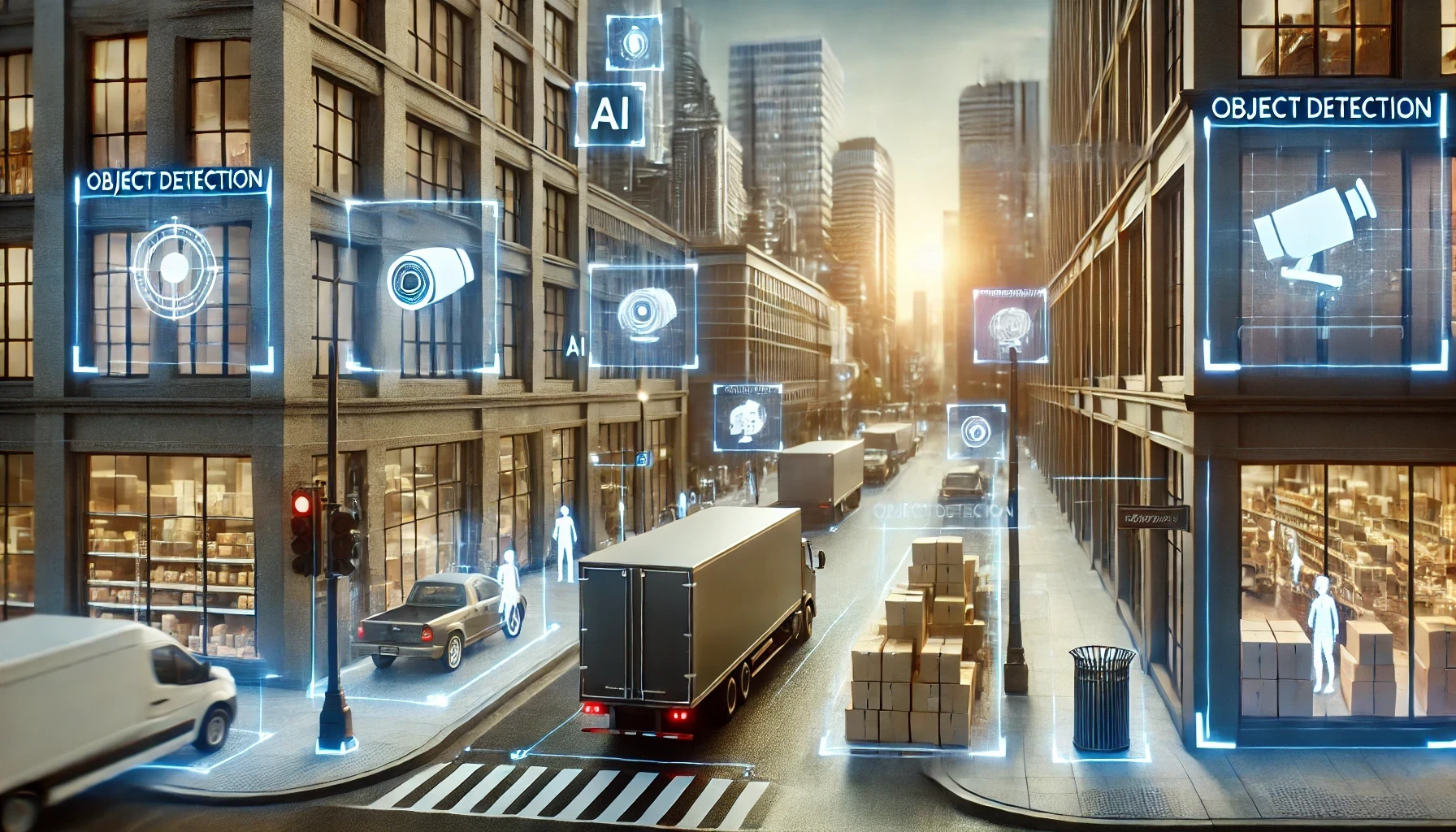
Object Detection APIs: Top Industry Applications & Benefits
In today’s data-driven world, businesses across industries are turning to AI-powered object detection APIs to automate image analysis, enhance efficiency and gain deeper insights. From e-commerce product tagging and manufacturing quality control to real-time security monitoring and personalized customer experiences, object detection is revolutionizing workflows and reducing reliance on manual processes.
This article explores the top industry applications of object detection APIs, highlighting their key benefits, including cost savings, scalability and competitive insights. Whether leveraging off-the-shelf solutions or investing in custom AI models, businesses can unlock new opportunities and future-proof their operations. As automation becomes essential for staying ahead, now is the time to explore how object detection can streamline processes, improve accuracy and drive innovation.
